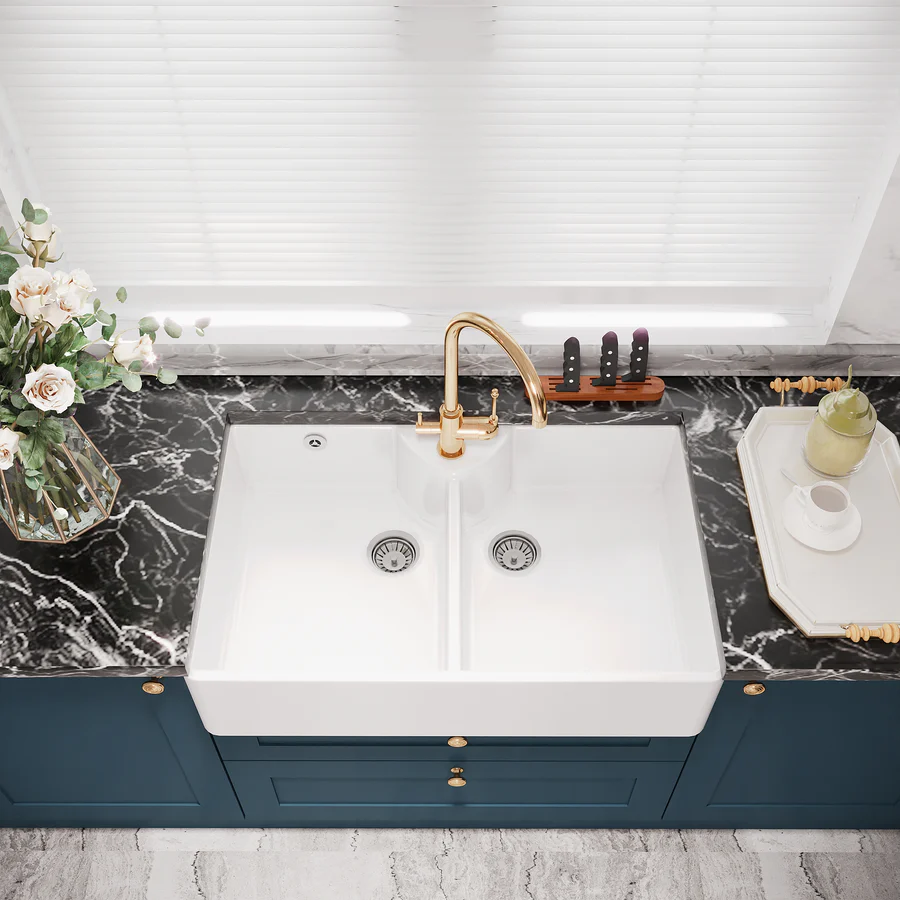
How Homeware Brands Can Thrive with Influencer Marketing and UGC Content
18 Apr 2025
Within the rapidly growing industry of kitchenware, differentiation involves more than pretty product pictures or traditional advertising. Consumers increasingly hunger for authenticity today, and influencer selling complemented with UGC marketing (user-generated content) is working as a stellar approach towards promoting sales.
As Statista shows, the global influencer marketing industry had a value of €19.5 billion in 2023, showing the manner in which this kind of marketing has progressed from auxiliary to essential. For kitchenware and homeware brands, tapping into this potential has the power to deliver real conversions—and devoted buyers.
The Emergence of Influencer Selling within the Kitchenware Industry
The smart kitchenware segment is projected to reach about €30.3 billion by 2027. This surge is driven by the growing passion for home cooking, an emphasis on sustainable living, and the rise of app‑enabled kitchen devices
Social media platforms like Instagram, YouTube, and TikTok have driven much of this growth. On these channels, lifestyle bloggers, home chefs, and organizers show products in use, share honest reviews, and pass on clever cooking tips, inspiring more people to refresh their kitchenware. They bring niche communities together by:
Showing real-life demos of how products work
Earning trust with genuine comments
Boosting direct sales through affiliate links and promo codes
Why UGC Marketing Converts Better Than Traditional Ads
UGC marketing allows real customers and creators to tell your story. In fact, 93% of shoppers say that UGC influences their purchasing decisions (Nielsen). It offers social proof and trust—two crucial elements in converting browsers.
Here's how UGC impacts performance:
4x higher click-through rates than traditional ads
50% more engagement on social media posts
28% boosted conversion rates when product pages include UGC
Through using user content during email marketing campaigns, product pages, and advertisements, brands can enjoy a consistent yet genuine voice that connects to the consumers of today.
Strategies to Turn Influencer Content into Conversions
Product Seeding to Influencers with a Focused Audience
Ship your products to micro-influencers in cooking, home decor, or wellness niches. Include a CTA like "Shop now" or a custom promo code in every post.
Include User-Generated Content in Paid Media
Leverage best-performing influencer content for Facebook, Instagram, or TikTok ads. Such "native" ad content often outperforms professionally made creatives.
Track Affiliate and Promo Code Sales
Give influencers trackable codes or links. This data tells you about ROI and doubles down on influencer partnership winners.
Create Collaborative Content Series
Partner with influencers on home organization challenges, "what's in my kitchen" tales, or meal prep guides that include your products.
How Perform Digital Can Help
At Perform Digital Media, we specialize in helping kitchenware and homeware brands develop through smart influencer and UGC strategies. We:
Find creators aligned to your brand principles
Scale and create influencer sales campaigns
Repurpose content across paid media and ecommerce
Offer real-time performance and ROI insights
Whether you're launching a new kitchen tool or expanding your homeware line, we turn content into measurable conversions.
Final Thoughts
Influencer and UGC marketing aren't trends—they're necessities for home goods success in the crowded marketplace. With the right strategy and partners, homeware brands can turn average content into exceptional conversion machines.
Want to launch your next hit UGC or influencer campaign? Let’s connect and help you drive real results.
FAQs
Q1: What's the difference between influencer marketing and UGC marketing?
A: Influencer marketing involves paid collaborations with creators, while UGC marketing utilizes user-generated content from unpaid fans or customers. Both are credible but for various purposes.
Q2: Is influencer marketing effective for smaller kitchenware brands?
A: Absolutely. Micro-influencers (1k–100k followers) are likely to provide 60% higher engagement and are less expensive when targeting niche-specific.
Q3: How can I find the right influencers for my brand?
A: Look for creators with an audience that matches your ideal buyer persona. Sites like Upfluence, Aspire, or agency partners like Perform Digital can help with finding and vetting talent.
